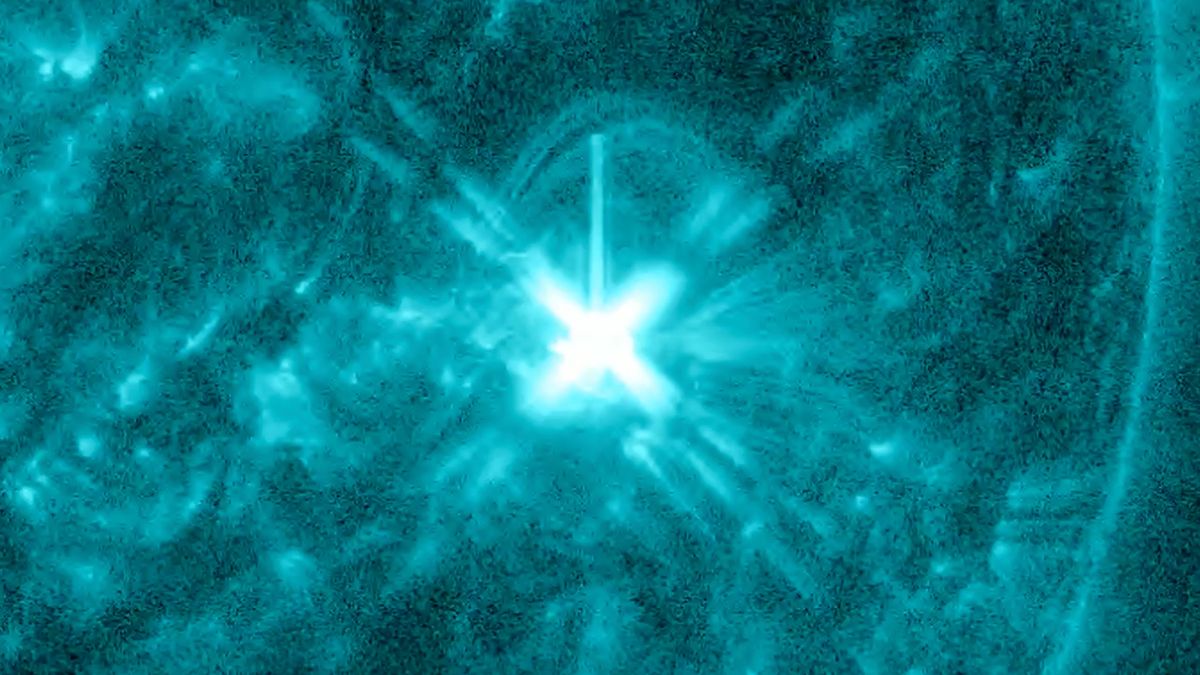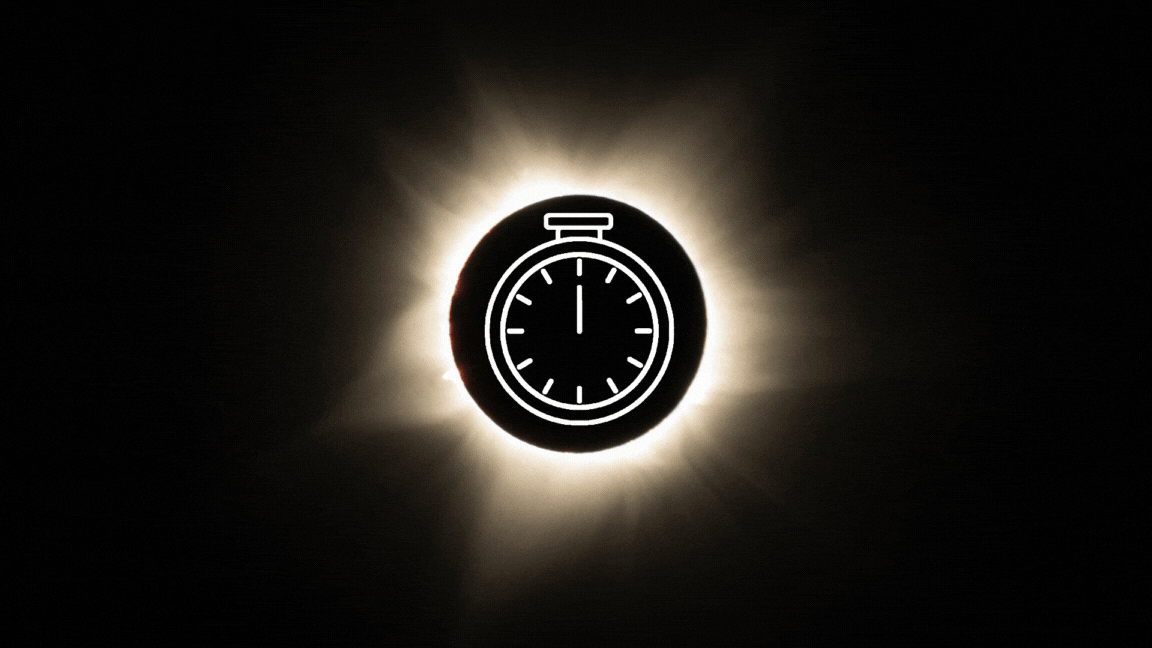Solar Flare Surprise
The unassuming sunspot AR3599 has recently been generating minor solar flares, but it caught everyone off guard when it unleashed a powerful M7.4 class solar flare at 8:13 EDT (1213 GMT) on Sunday, March 10. This unexpected event was accompanied by a coronal mass ejection (CME) – a massive release of plasma and magnetic field from the sun. The CME is currently hurtling through space at a speed of about 1.7 million mph (750 km/s), as reported by spaceweather.com. Unfortunately, the CME is predicted to pass by our planet without causing any impact on the auroras, much to the disappointment of aurora chasers. However, there is a slight chance of a glancing blow, as indicated by a NASA model, which could potentially lead to minor G1-class geomagnetic storms on March 13.
Radio Blackout
Following the solar flare eruption, a widespread radio blackout was experienced across Africa and the South Atlantic just eight minutes later. Ham radio operators may have encountered signal loss for up to 30 minutes post-flare, according to reports from spaceweather.com. These blackout events are common after intense solar flare eruptions, as they release a strong pulse of X-rays and extreme ultraviolet radiation that travel towards Earth at the speed of light. When these radiations interact with Earth’s atmosphere, they ionize the upper layer known as the thermosphere, resulting in shortwave radio blackouts in the region facing the sun during the eruption.
What Are Solar Flares?
Solar flares occur when magnetic energy accumulates in the sun’s atmosphere and is subsequently released in a burst of intense electromagnetic radiation. They are classified into lettered groups based on their size, with X-class flares being the most powerful, followed by M-class flares which are one-tenth the size of X-class flares. This hierarchy continues with C-class, B-class, and A-class flares, where A-class flares have minimal impact on Earth. Each class is further subdivided into numbers from 1 to 10 (or higher for X-class flares) to denote the flare’s relative strength. The recent event was classified as an M7.4, based on data obtained from NASA’s GOES-16 satellite, as reported by Spaceweatherlive.com.
Image/Photo credit: source url





